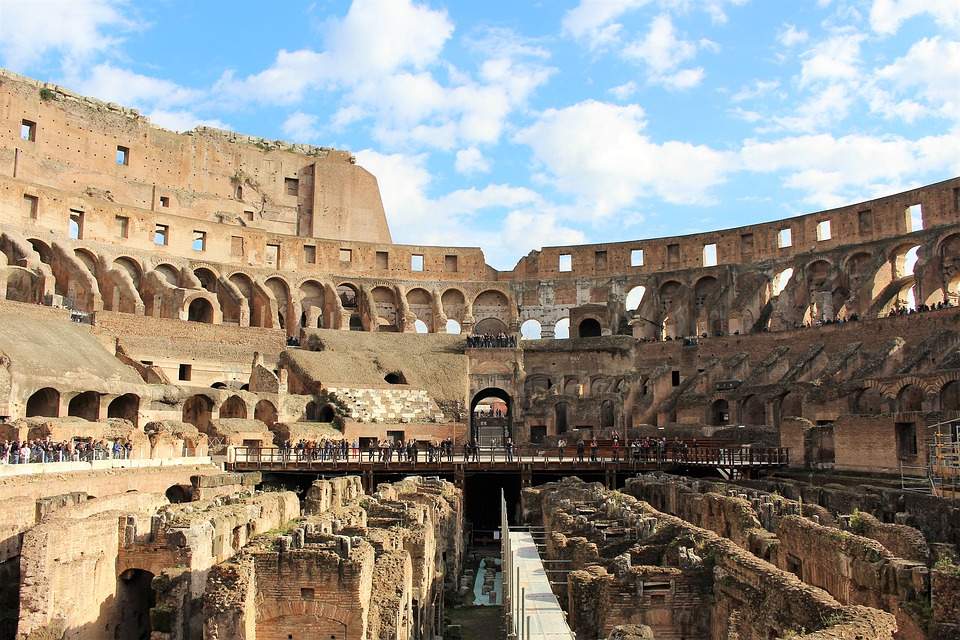Rome, after nearly three years of restoration, Colosseum hypogea open to public
After nearly three years of restoration work involving 15 thousand square meters of floor space and 81 workers (including restorers, architects, geologists, engineers, and laborers), the hypogea of the Colosseum, or the maze of service rooms where the arena spectacles were prepared, are once again open to visitors in Rome: they were used for the passage of the protagonists, animals and machines, but there were also rooms for attendants and orderlies, rooms that housed the hoists and so on. The work was made possible by funding from Tod’s group. The work on the hypogea represents the second phase of the Colosseum’s restoration work, and began in 2018.
The hypogea can be visited by walking along a 160-meter walkway that runs from the Porta Libitinaria to the Porta Trionfale through fifteen corridors. “A very complex work,” explained the director of the Colosseum Archaeological Park, Alfonsina Russo, “the results of which are still being studied, but which testifies to everything that happened underneath the great arena of the Amphitheater, from its inauguration in 80 AD until the last performance in 523.”
“I remember that when, several years ago,” says Culture Minister Dario Franceschini, “I began my first term as minister, Tod’s had already started this important operation. I was astonished and indignant to see that, when faced with an Italian company committed to allocating such an important sum to the protection of the country’s cultural heritage, instead of general applause, controversy was raised. It was this reason that then prompted me to propose the Art Bonus regulations to Parliament, which approved them wholeheartedly, introducing a tax break for those who donate to culture capable of bringing in more than half a billion euros in just a few years. However, Tod’s took action before the introduction of the Art Bonus, thus making a gesture of patronage and true liberality for the country. Thanks in part to this gesture, a few things have changed in recent years. First of all, I believe that the absurd ideological barrier between the public and private sectors, which instead can and should cooperate in managing the country’s cultural heritage, has fallen. Article 9 of the Constitution is about everyone, not just institutions. I emphasize this especially because big Italian companies, beyond what they export to the world, have Italy, its art and beauty behind them. This is why I believe that the logic of give back, of restitution, must be fully introduced in our country.”
“The intervention of recovery and enhancement of the hypogea,” Franceschini added, “was also made possible by the extraordinary professionalism of the technicians of the Colosseum Archaeological Park. A great technical work that shows how, even in this case, it is possible to combine heritage conservation with technologies and research, even going so far as to dare.”
Tod’s group says it is “proud to have taken part in the restoration of the Colosseum, helping to give back to the whole world an iconic monument, a symbol of the history of Rome and Italy.”
 |
| Rome, after nearly three years of restoration, Colosseum hypogea open to public |
Warning: the translation into English of the original Italian article was created using automatic tools. We undertake to review all articles, but we do not guarantee the total absence of inaccuracies in the translation due to the program. You can find the original by clicking on the ITA button. If you find any mistake,please contact us.




























